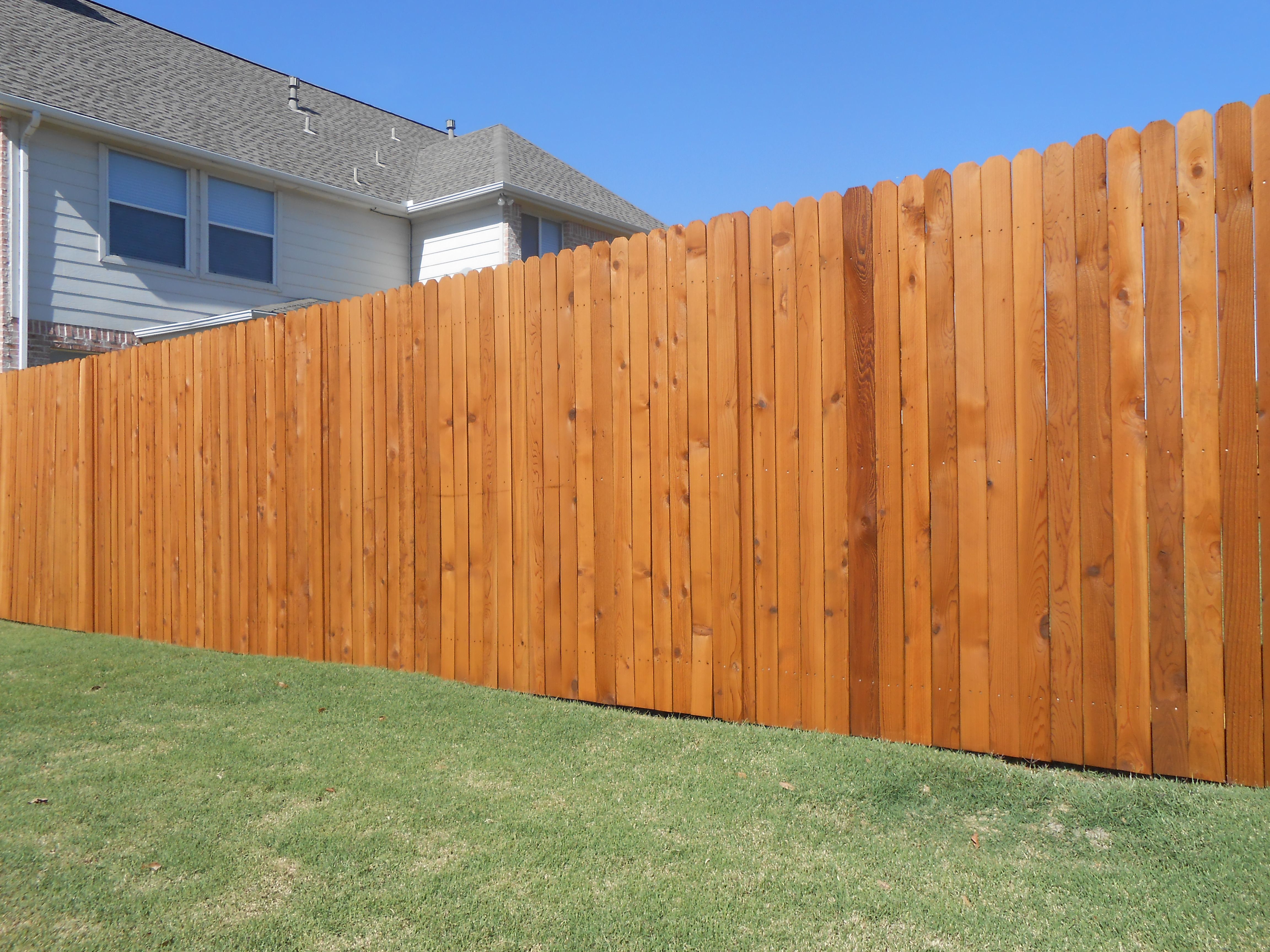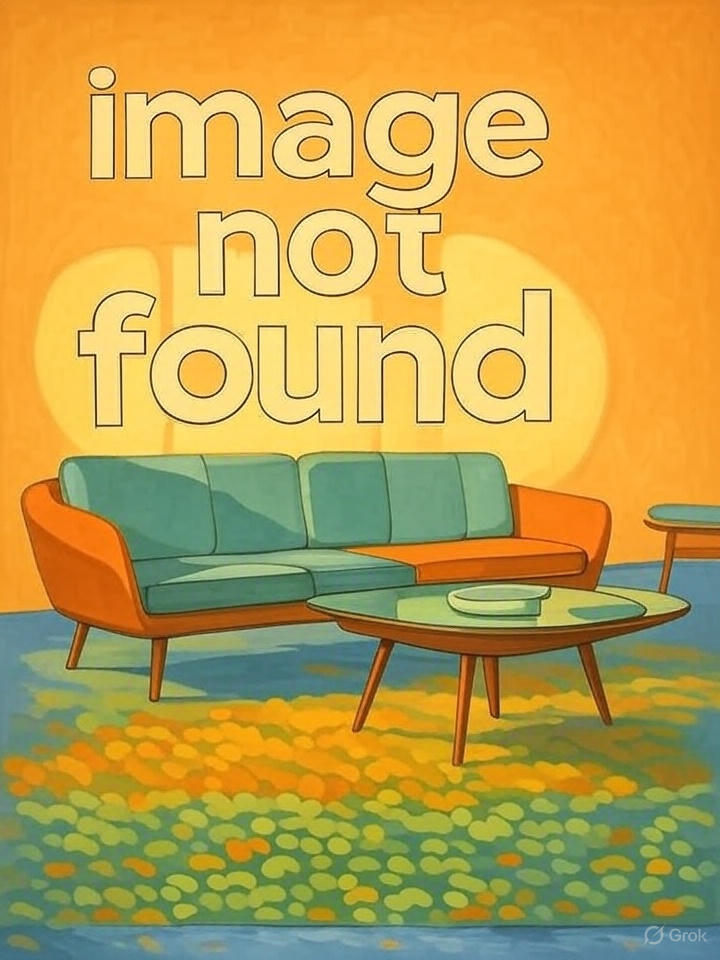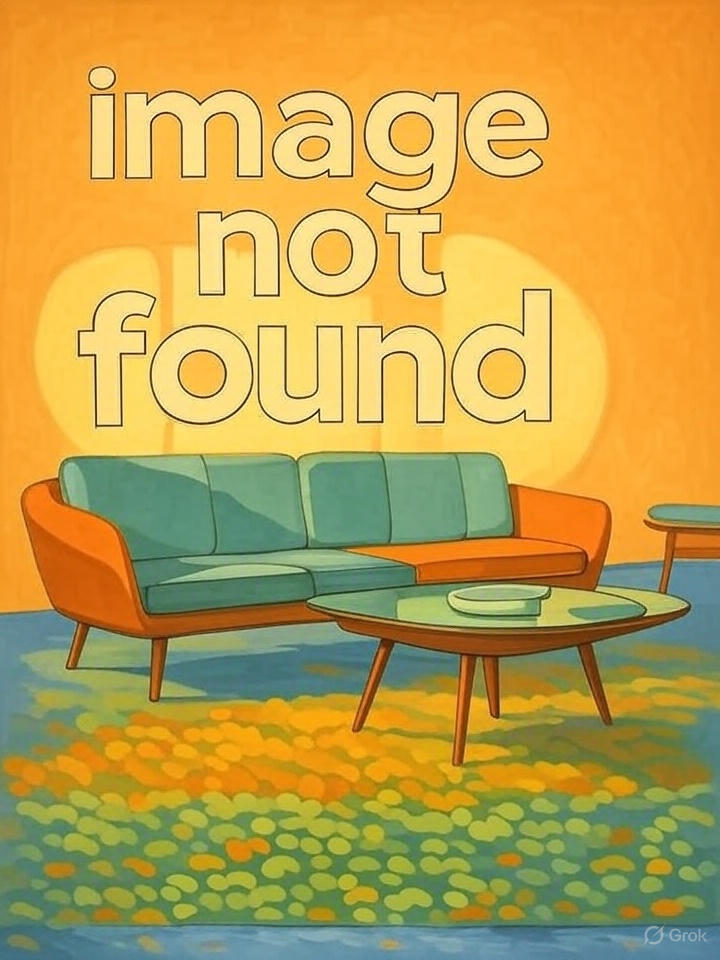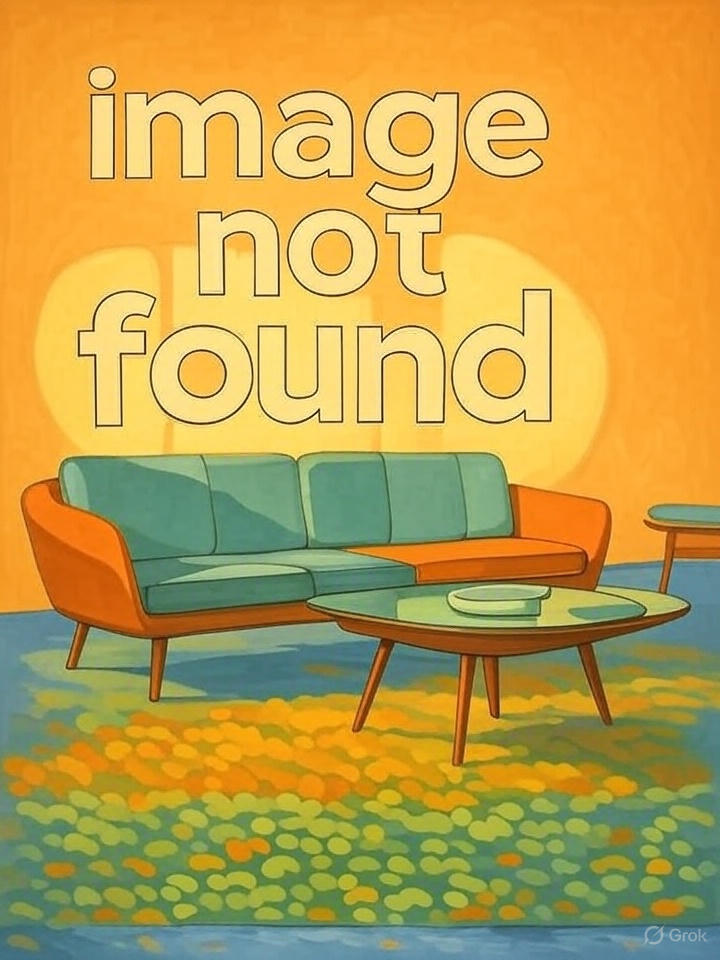Fences define boundaries, enhance security, and elevate curb appeal in Vancouver’s urban and suburban landscapes, where homes average $2.2 million. In Climate Zone 5’s wet, temperate climate (1200 mm rainfall, 85–95% RH), choosing durable, low-maintenance materials is critical to withstand rain and wind. Simon Green Works blends classic materials like Western Red Cedar and aluminum with sustainable options like bamboo and recycled composites, ensuring fences align with Vancouver’s sustainability ethos. This article explores fence types, classic and eco-friendly materials, installation techniques, and Vancouver-specific considerations, providing a comprehensive guide to functional, aesthetically pleasing fences that enhance property value and durability.
Overview of Fence Types
Fences serve varied purposes, influencing their design and material choices: - Privacy Fences: 1.8–2.4 m tall, with closely spaced boards for seclusion, ideal for urban backyards. - Picket Fences: Low (0.9–1.2 m), with spaced slats for charm, suited for front yards. - Post-and-Rail Fences: Open, rustic designs with horizontal rails, often paired with wire for rural properties. - Lattice-Topped Fences: Combine privacy panels with decorative lattice, enhancing airflow. - Good Neighbor Fences: Identical on both sides, fostering harmony in shared boundaries. - Slatted Fences: Horizontal or vertical boards with gaps, balancing privacy and ventilation.
In Vancouver, privacy and slatted fences dominate urban areas (70% of installations), while post-and-rail suits larger lots, per CMHC data.

Classic Fencing Materials: Cedar and Metal
Western Red Cedar, sourced from FSC-certified forests via CedarWest (CedarWest), is prized for its rich red hue, tight grain, and natural oils that resist decay and insects. A 1.8 m privacy fence lasts 15–20 years with proper sealing (every 3–5 years, $500–$1,000), outperforming pine by 50% in durability. Installation involves concrete footings to avoid soil contact, critical in Vancouver’s wet climate. Cedar’s local sourcing reduces emissions by 30%, aligning with sustainability goals.
Metal fencing includes wrought iron and aluminum. Wrought iron, like Ornamental Iron of Canada’s designs (Ornamental Iron), offers strength and customizable aesthetics for security-focused fences, but requires regular painting ($500–$1,000 every 5 years) to prevent rust. Aluminum, such as Alumi-Guard fencing (Alumi-Guard), mimics wrought iron’s look without rust, ideal for Vancouver’s humid conditions, lasting 20–30 years with minimal maintenance.

Eco-Friendly Fencing Materials
Sustainable materials align with Vancouver’s Greenest City goals: - Bamboo: Regenerates rapidly, with products from Cali Bamboo (Cali Bamboo), offering a tropical aesthetic and 15–20 year lifespan with sealing ($500–$1,000 every 3 years). Costs ($40–$60 per linear foot) reflect specialized sourcing. - Composite Fencing: Blends recycled wood and plastics, like Trex Composite (Trex Fencing), resisting rot and fading, with 96% recycled content. Costs ($30–$60 per linear foot) are offset by low maintenance. - Reclaimed Wood: Reuses aged wood, reducing forest demand, but availability varies ($25–$50 per linear foot). - Living Fences: Use privacy trees like Thuja Green Giant, requiring initial care but providing CO2 filtration.
Bamboo and composites are gaining traction, with 25% of 2025 installations, per industry trends.

Installation Techniques
Proper installation ensures durability. Cedar fences use 150 mm x 150 mm posts set in 600 mm deep concrete footings, sealed with Sika Everbuild sealants (Sika Sealants) to prevent rot. Metal fences require galvanized steel posts, anchored with Simpson Strong-Tie connectors (Simpson Strong-Tie), to resist wind gusts (100 km/h). Bamboo and composites use modular panels for efficiency, reducing labor costs by 20%. Regular maintenance—sealing cedar or cleaning composites—extends lifespan by 30%.

Vancouver-Specific Considerations
Vancouver’s wet climate demands moisture-resistant materials like cedar, aluminum, or Trex composites. Privacy and slatted fences suit urban density, balancing seclusion and airflow to prevent mold in 20% of installations. Bylaws limit fence heights (1.2 m front, 2 m back) and require permits ($200–$500) for property line verification. Seismic considerations mandate secure footings, with 50 kN/m anchorage for heavy materials. Green initiatives favor FSC-certified cedar or composites, with density bonuses ($50,000–$100,000) for sustainable projects. Costs range from $10–$20 per linear foot for chain-link to $35–$70 for wrought iron.

Why Choose Simon Green Works?
Simon Green Works delivers fencing solutions that blend durability, aesthetics, and sustainability, tailored to Vancouver’s climate and bylaws. Our expertise ensures fences that enhance property value and withstand the elements. Ready to transform your yard? Contact us for a tailored consultation.
Sources
This article draws on insights from “8 Amazing and Eco-Friendly Fencing Options” by Elemental Green (8 Amazing and Eco-Friendly Fencing Options), “10 Types of Fencing Materials All Homeowners Should Know” by Bob Vila, Glenda Taylor, and Theresa Clement (10 Types of Fencing Materials All Homeowners Should Know), “2025 Fencing Trends: What To Watch For” by Plastic Lumber Yard (2025 Fencing Trends: What To Watch For), “Fencing Materials: Wood, Vinyl, Metal & More” by Modernize (Fencing Materials: Wood, Vinyl, Metal & More), “Types of Fence Materials: Which One Is Best for You?” by Fence Armor (Types of Fence Materials: Which One Is Best for You?), “What is the Best Material to Build a Fence? 7 Options with Pros and Cons” by Expert Home Report (What is the Best Material to Build a Fence? 7 Options with Pros and Cons), “Innovative Fence Design Trends to Watch For” by Ryckman Fence (Innovative Fence Design Trends), “The Pros and Cons of Different Fence Materials & Designs: Which is Right for You?” by Ergeon (The Pros and Cons of Different Fence Materials & Designs: Which is Right for You?).